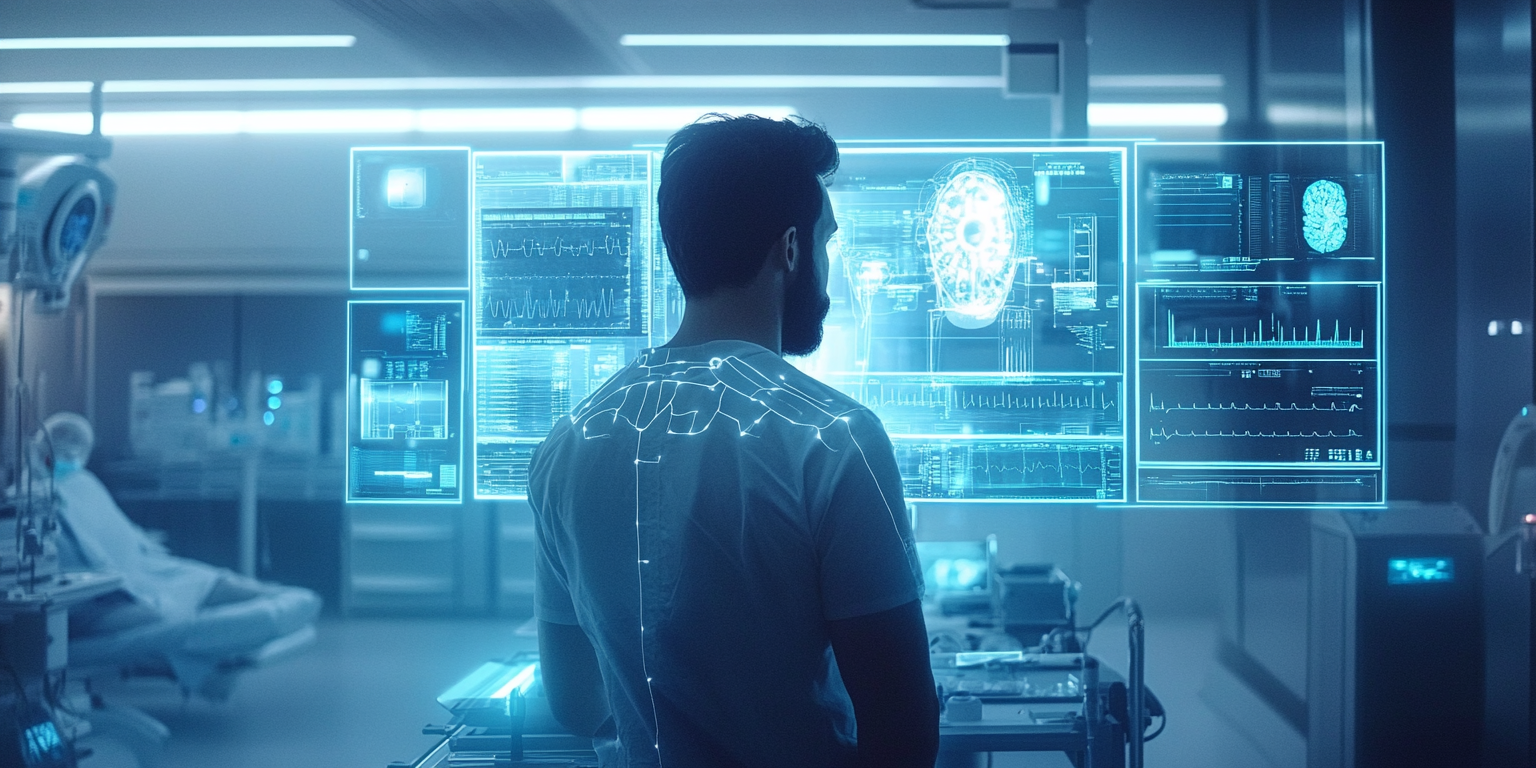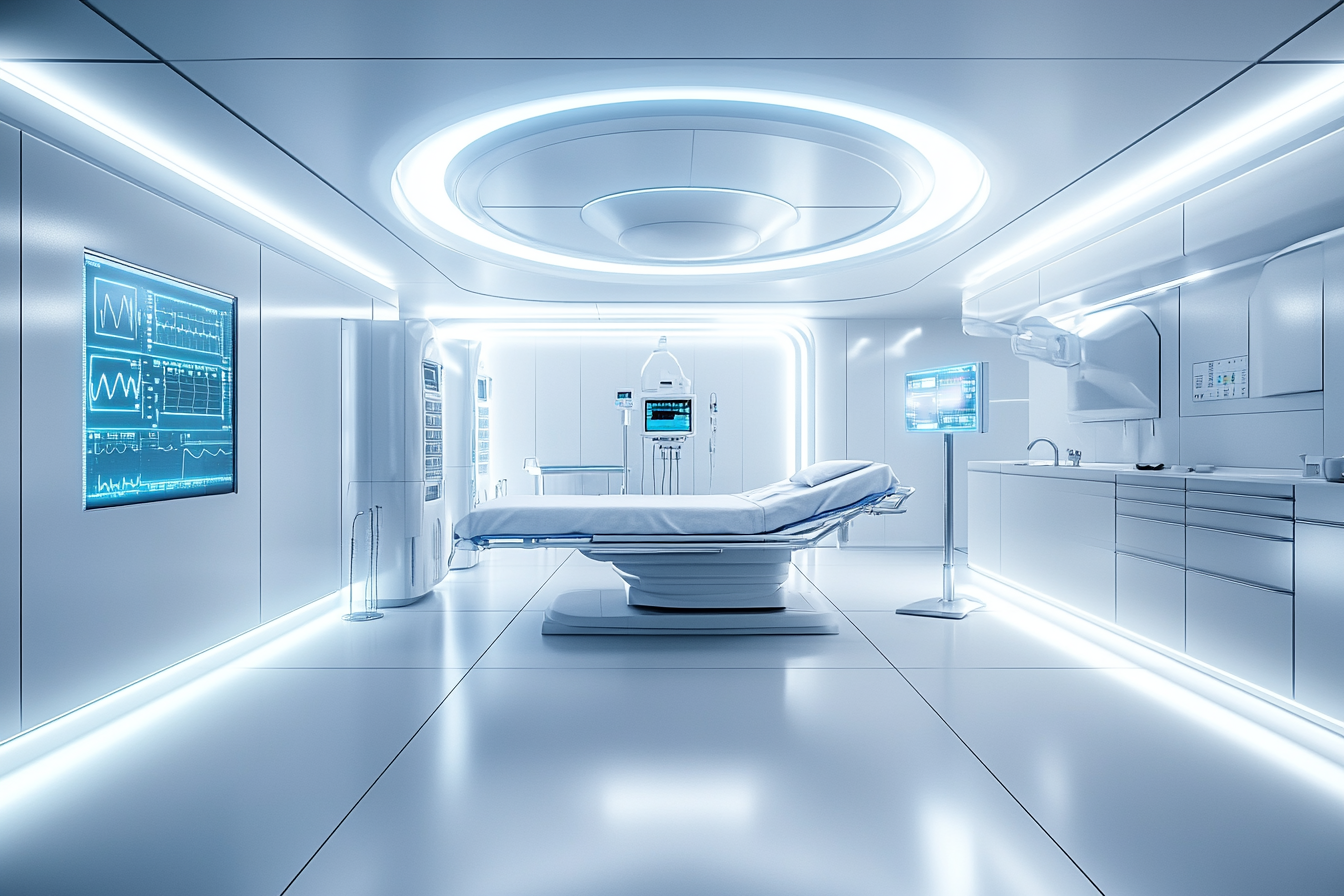In recent years, artificial intelligence (AI) has gone from a futuristic concept to a tangible presence in medicine, especially in surgery. But as new solutions are introduced, an essential question arises:
Are we truly using AI to support surgeons, or are we just adding complexity without purpose?
In this article, we explore how AI is being implemented in surgical environments in a practical, realistic, and collaborative way.
From Tool to Copilot: A New Paradigm
For decades, technology in the operating room meant mechanical or visual enhancements, high-definition cameras, robotic arms, laparoscopic platforms. But these systems required full manual control and offered passive data.
An AI copilot changes the game. It observes, interprets, and interacts with the surgical procedure in real time, acting as a cognitive partner for the surgeon.
Just like in aviation, the copilot doesn’t replace the pilot. Instead, it reinforces decision-making, improving safety and agility in high-stakes moments.
Why Now? The Perfect Moment for Surgical AI
Several factors have aligned to make AI truly viable in surgery:
- Growth of surgical video and procedural databases
- Advances in computer vision and natural language processing
- More connected OR environments
- Global pressure to reduce errors and increase outcome consistency
With these foundations, AI is no longer a future concept, it’s becoming a present clinical tool.
What Can an AI Copilot Do Today?
Although still under development and clinical validation, today’s most advanced copilots already offer:
- Real-time recognition of gestures, tools, and anatomy through video analysis
- Natural voice interaction tailored to surgical context
- Proactive suggestions (“Would you like to review the last step?”)
- Automatic logging of critical steps during the procedure
- Adaptive behavior based on each surgeon’s style
These features not only improve efficiency, but also help maintain surgical focus and reduce cognitive load on the team.
Human-Centered Design: AI as a Collaborator, Not a Replacement
One common concern is that AI might replace the expertise of surgeons. In reality, the AI copilot is an extension of clinical reasoning, offering insights, alerts, and guidance based on pattern recognition and continuous learning.
The surgeon remains fully in control. The AI simply provides an extra set of eyes and knowledge, especially in complex or high-pressure scenarios.
Challenges Still Ahead
Despite the promise, a few hurdles remain:
- Rigorous clinical validation is needed for safe adoption
- Integration with hospital systems requires technical and regulatory work
- Cultural acceptance varies across specialties and institutions
- AI explainability must improve to build trust among professionals
Still, the path forward is clear — and companies like DeepSurg are creating copilots built from the ground up for real surgical needs.
A New Way to Operate
AI is changing the role of the surgeon — not by replacing it, but by offering a digital companion that’s always alert, always learning, and always available.
Where technology used to be passive, it now becomes an active participant in surgical thinking.
The future of surgery is collaborative — between humans and machines. And that future is already underway.




